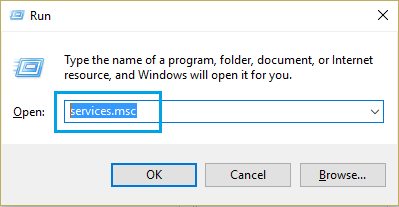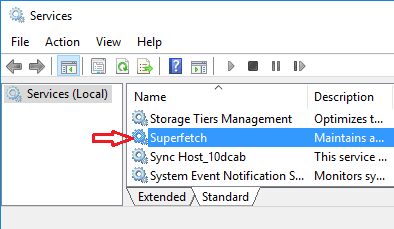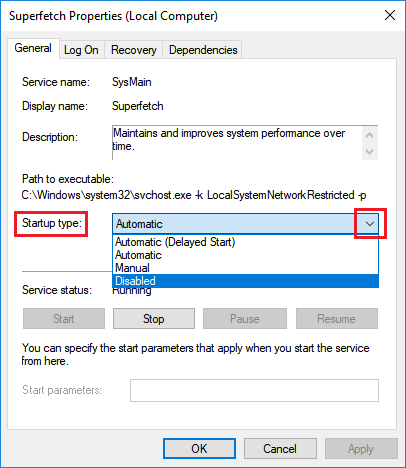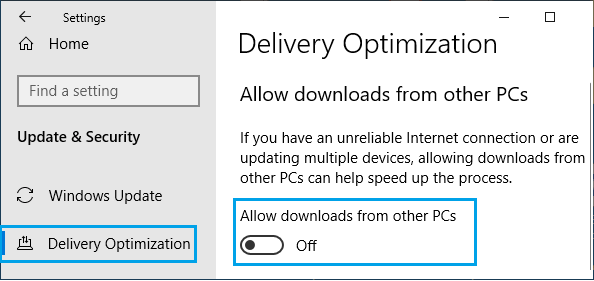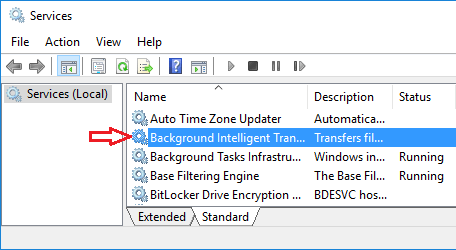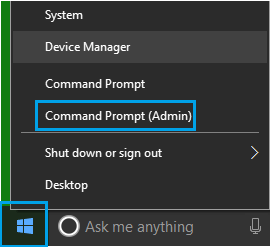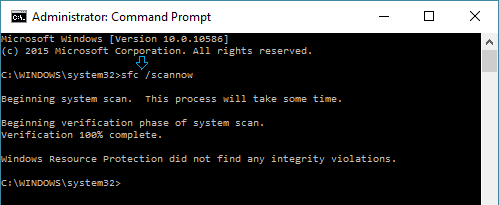High CPU Usage by Service Host: Local System
While the Task Manager may point to Service Host: Local System as being responsible for high CPU Usage, the problem is actually caused by SuperFetch and other services. The main purpose of SuperFetch Service is to improve the boot up time of programs on a computer by pre-loading the most commonly used program files into RAM. However, this pre-loading activity by the SuperFetch Service can sometimes lead to alarmingly High CPU Usage, especially on computers with Mechanical Hard Drives and Low RAM capacity.
Should You Disable SuperFetch Service?
In general, episodes of High CPU Usage by Service Host: Local System are usually due to SuperFetch Service trying to remove old files and copy new files to RAM. Once this task is completed by SuperFetch, CPU usage should quickly go down to normal levels on your computer. However, if your computer is constantly suffering from episodes of High CPU Usage, you can fix the problem by disabling SuperFetch and other services that operate user Service Host: Local System label.
1. Disable SuperFetch Service
If your computer is constantly slowing down due to High CPU Usage by Service Host: Local System, you can follow the steps below to disable SuperFetch Service on your computer.
Right-click on the Start button and click on Run.
In Run Command window, type services.msc and click on OK.
On the Services Screen, double-click on SuperFetch to open its Properties screen.
On SuperFetch properties screen, disable SuperFetch by changing Startup type to Disabled.
Click on OK to save this setting and Restart your computer.
2. Disable Windows Update Delivery Optimization
Go to Settings > Updates & Security.
On the next screen, click on Delivery Optimization in the left-pane. In the right-pane, scroll down and disable Download from other PCs option.
Restart your computer.
3. BackGround Intelligence Transfer Service
Another Windows Service that comes under Service Host: Local System and causes High CPU Usage is known as BackGround Intelligent Transfer Service.
Right-click on the Start button and click on Run.
In Run Command window, type services.msc and click on OK.
On the Services Screen, double-click on BackGround Intelligent Transfer Service to open its Properties screen
On the properties screen, change the Startup type to Manual.
Click on OK to save this setting and Restart your computer.
4. Run System File Checker
You may also want to Run SFC Scan Command to check the System Files on your computer for Errors.
Right-click on the Start button and click on Command Prompt (Admin).
On Command prompt window, type sfc /scannow and press the Enter key on the keyboard of your computer.
Make sure you Restart the computer. Hopefully, the above methods should help fix the High CPU Usage problem on your computer. If not, you can refer to this guide: How to Fix High RAM and CPU Usage in Windows 10
How to Fix High CPU Usage By OneDrive In Windows 10 How to Fix High CPU Usage By WSAPPX in Windows 10

